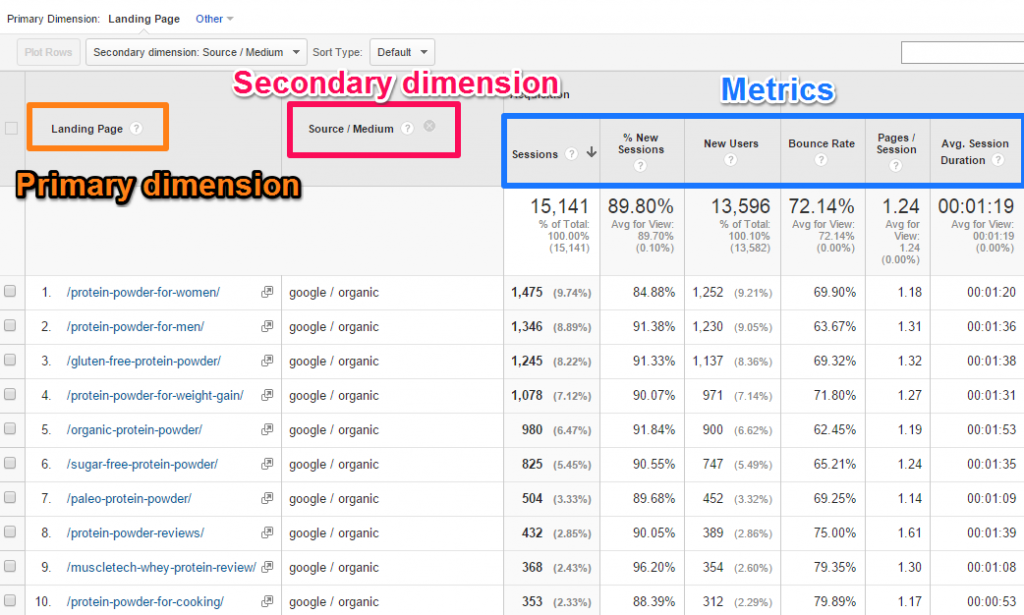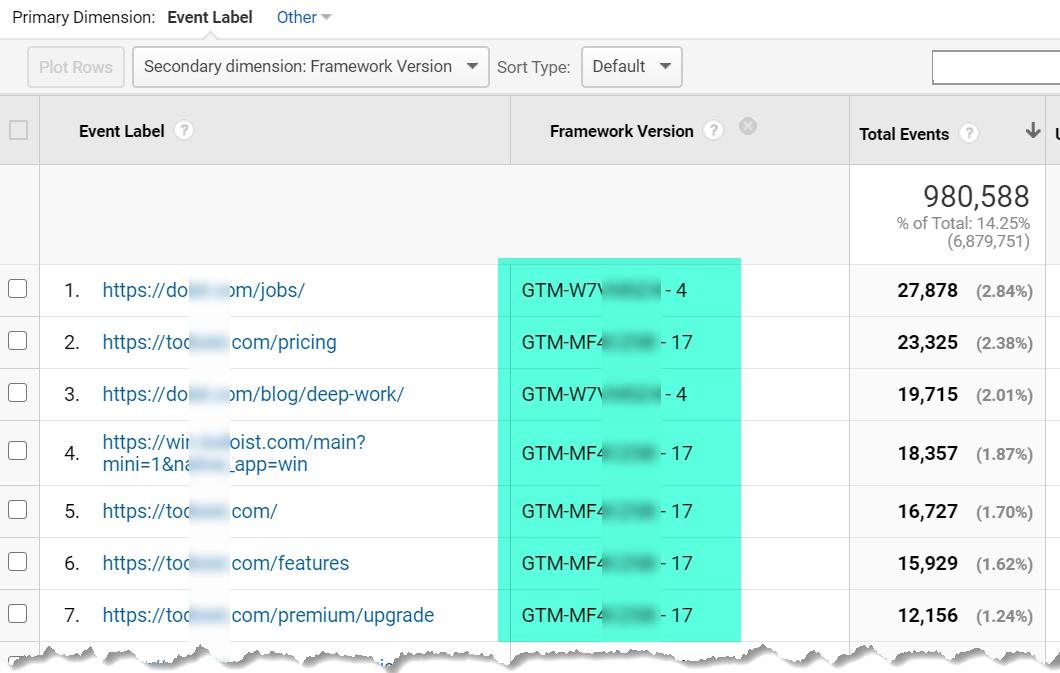Opening the Power of Additional Measurement Analytics for Enhanced Data Insights and Decision-Making
In the world of data analytics, primary dimensions commonly take the limelight, but real depth of understandings exists within the world of second dimensions. These additional data points provide a nuanced point of view that can brighten patterns and relationships not readily obvious in the beginning glimpse. By using the power of second measurement analytics, companies can introduce surprise fads, reveal correlations, and extract more meaningful conclusions from their data. The possibility for boosted decision-making via the application of these second measurements is substantial, assuring a much deeper understanding of complicated data sets and leading the way for even more educated calculated options.
Value of Secondary Measurements
Discovering the importance of secondary measurements in analytics reveals the hidden layers of information insights essential for educated decision-making in different domains. Second dimensions provide a much deeper understanding of primary information by supplying extra context and perspectives. By integrating secondary dimensions right into analytics, companies can remove extra nuanced and thorough understandings from their datasets.
One secret relevance of additional measurements is their capability to sector and categorize main information, enabling for an extra comprehensive evaluation of particular parts within a dataset. This segmentation allows businesses to determine patterns, fads, and outliers that might not be noticeable when checking out the information overall. Furthermore, additional measurements help in discovering relationships and dependencies between different variables, causing even more accurate forecasting and predictive modeling.
Additionally, additional measurements play an essential function in improving data visualization and coverage. By including second measurements to visualizations, such as charts or graphes, experts can develop extra useful and insightful representations of data, helping with much better communication of findings to stakeholders. In general, the combination of additional dimensions in analytics contributes in unlocking the full potential of information and driving evidence-based decision-making.
Trick Advantages of Making Use Of Additional Dimensions
Utilizing second dimensions in analytics supplies organizations a strategic benefit by augmenting the deepness and granularity of data understandings. By exploring information using second dimensions such as time, area, gadget kind, or individual demographics, companies can uncover patterns, fads, and correlations that might otherwise stay surprise.
Furthermore, the usage of additional dimensions improves the context in which main information is interpreted. It gives a more detailed view of the connections in between different variables, allowing companies to make informed decisions based upon an extra holistic understanding of their data. In addition, secondary measurements promote the identification of outliers, anomalies, and locations for optimization, inevitably resulting in a lot more reliable strategies and enhanced results. By leveraging second measurements in analytics, organizations can harness the full capacity of their information to drive far better decision-making and attain their business goals.
Advanced Data Analysis Techniques
A deep study advanced information analysis techniques reveals sophisticated methods for extracting valuable insights from complex datasets. One such technique is artificial intelligence, where algorithms are used to recognize patterns within information, anticipate results, and make data-driven decisions. This method allows for the automation of logical version structure, allowing the processing of large quantities of information at a quicker pace than traditional approaches.
An additional sophisticated method is predictive analytics, which makes use of analytical algorithms and device learning strategies to anticipate future outcomes based upon historic data. By analyzing patterns and patterns, companies can anticipate consumer habits, market trends, and possible dangers, empowering them to make aggressive decisions.
Furthermore, message mining and sentiment evaluation are useful techniques for removing insights from disorganized data resources such as social networks comments, consumer reviews, and study reactions. By analyzing message information, organizations can understand customer point of views, determine arising patterns, and boost their products or solutions based on comments.
Enhancing Decision-Making Via Additional Measurements

Enhancing decision-making through additional measurements enables companies go right here to make even check my source more educated and targeted tactical options. By segmenting client information based on second measurements like acquiring background or involvement degrees, firms can customize their marketing strategies to particular audience segments, leading to improved conversion rates and customer satisfaction. Furthermore, secondary dimensions can help identify correlations and partnerships in between various variables, making it possible for companies to make data-driven decisions that drive growth and success.
Implementing Second Measurement Analytics
When integrating additional measurements in analytics, companies can unlock deeper understandings that drive calculated decision-making and improve overall efficiency. Applying additional dimension analytics calls for a structured approach to ensure reliable use of this powerful device. The initial step is to determine the essential metrics and measurements that line up with the organization's critical goals. This entails recognizing Continue the particular inquiries the organization looks for to respond to and the data factors required to resolve them.

Furthermore, organizations must leverage advanced analytics devices and modern technologies to improve the procedure of including secondary dimensions. These devices can automate information processing, analysis, and visualization, enabling companies to concentrate on interpreting insights instead of hand-operated information manipulation.
Final Thought
To conclude, second measurement analytics play an essential function in boosting information understandings and decision-making processes. By utilizing advanced data analysis methods and applying second measurements effectively, organizations can unlock the power of their data to drive tactical service choices. The crucial advantages of making use of second measurements can not be overemphasized, as they supply a much deeper understanding of information patterns and partnerships. It is necessary for companies to utilize secondary measurement analytics to stay competitive in today's data-driven landscape.
In the realm of information analytics, main dimensions often take the limelight, yet the real deepness of insights exists within the world of second measurements.Making use of secondary dimensions in analytics supplies organizations a calculated advantage by augmenting the deepness and granularity of data understandings. By leveraging secondary dimensions in analytics, organizations can harness the complete potential of their data to drive better decision-making and attain their service goals.
Implementing information validation procedures and regular audits can aid preserve data high quality and reliability.
By making use of sophisticated information analysis strategies and carrying out secondary measurements effectively, companies can unlock the power of their information to drive strategic service decisions.